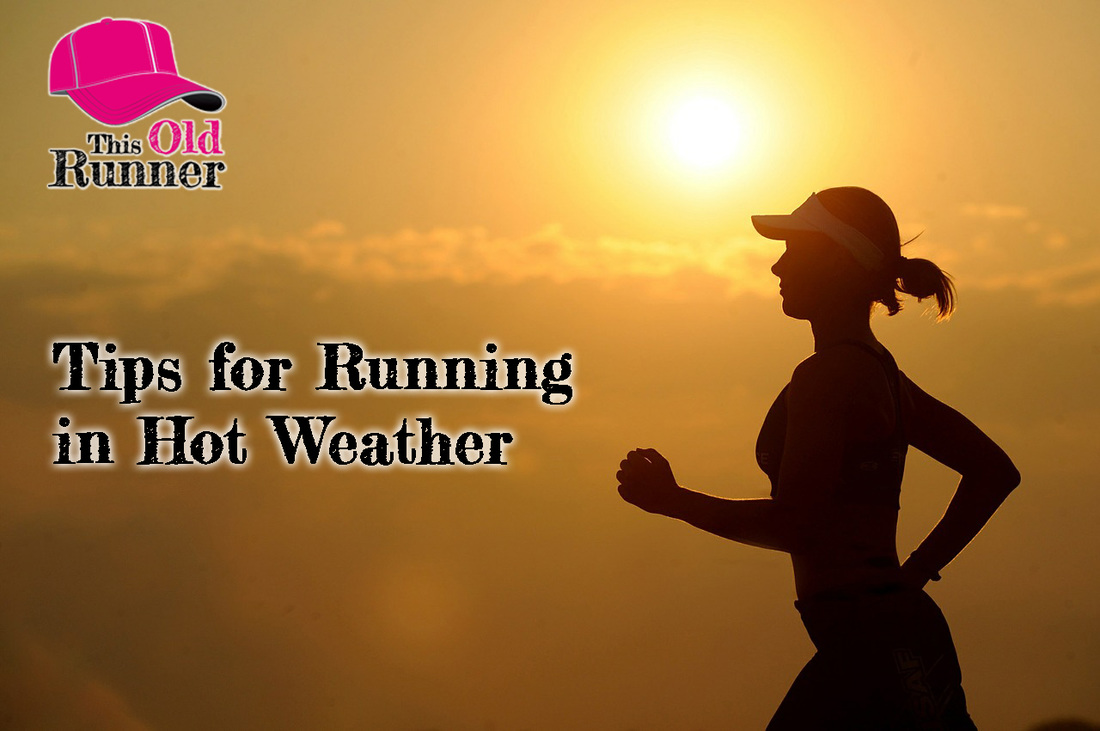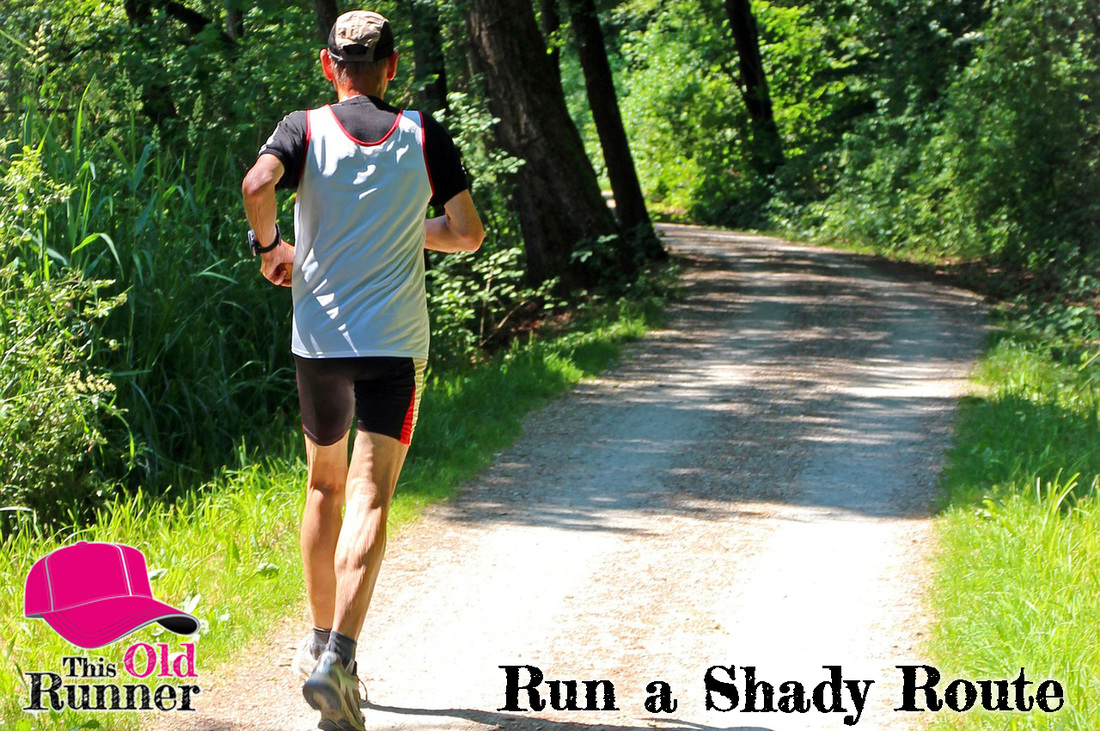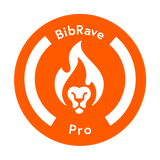|
Summer in Florida means it’s 80º by 8 am.
The heat index (what the temperature feels like to the human body when relative humidity is combined with the air temperature) means it feels much hotter. Add another 20 degrees from exertion when you’re running, and your risk for Heat Exhaustion is a real concern. What can you do if you’re running a Fall race and need to train during the hottest months of the year? Stay Cool to Stay Safe.
Ease into Summer Heat
It can take 2 weeks to acclimate to the heat of summer. The best idea is to SLOW DOWN. Run slower and gradually increase your workout distance and speed once your body is used to the higher temps. Run Early or Run Late Run outside at the coolest time of the day. If possible, run before 10 am or after 6 pm. It will still be warm, but your risk for heat exhaustion will decrease. Run by Effort, Not Time Don’t pay any attention to pace time. Leave your watch at home and turn off your app notifications. Run by feel and don’t worry about speed. Trust me, you’re getting a workout. Accept that running slower is the best idea. Take Walk Breaks Try intervals with walk breaks. You may want to switch to the Galloway Run-Walk method during the heat of the summer. A Run-Walk routine lets you log your miles without over doing it.
Plan Your Route
Avoid direct sunlight. Stay off blacktop road surfaces. If possible, run on a shaded trail. Plan your run to include lots of shade and water stops.
Wear Sun Protection
Don’t you dare run without sunscreen! If your skin gets sunburn it can't sweat properly. Wear a hat and sunglasses to protect your face and eyes. Run Near Water I love workouts by the lake. The same goes for the beach. Running near water brings the temperature down and offers cool breezes. Plus, you can swim after your run to cool off. Make Sure You Are Hydrated BEFORE You Run Drinking a bunch of water right before a workout won’t do it. You need to stay hydrated day-to-day for your body to function at it’s best in hot weather. Read this: Are You Hydrated? Remain Hydrated While You Run Drink every 20-30 minutes during a run. Don’t forget your electrolytes. If you run for an hour or more, drink a sports drink or electrolyte water to replenish your body. For cool water during your run, fill a bottle half full of water and freeze until it’s solid ice. Add water or sports drink just before you head out the door. Carry your water, or stash it along your route. Staying hydrated helps your body cool itself. Take it Inside If you don’t want to slow down, then you should run inside on a treadmill in air-conditioned comfort during the summer months.
Know the Warning Signs for Heat Exhaustion
Headache, dizziness, muscle cramps, clammy skin, nausea, vomiting, weakness and fatigue could all be indicators that you have Heat Exhaustion. The biggest danger is that you can become disoriented and not realize you are overheated. Heat exhaustion can lead to a heat stroke if your body’s temperature regulation fails. That’s why it’s so important to acclimate slowly, and pay close attention to hydration. If you start to feel queasy while running in the heat, immediately hydrate with water and electrolytes, then move to a cooler environment — inside in AC is best. There is no reason to risk your health. Respect the heat! If you take your time to acclimate, and are careful about hydration, you can run all summer and be ready for your Fall races. The bonus you'll get from summer running is that when the temperatures subside, you’ll easily run faster in cooler weather. Comments are closed.
|
Copyright ThisOldRunner.com
Disclosure: Some posts may contain affiliate links. If you buy through those links you won't pay a penny more, but we may get a small commission.
Hello!2024 Races:Feb. 24-25, 2024
|
Meet This Old Runner | Contact Us | Read the Blog
Race Reviews | Places to Run | Race Discounts
Request Product Review
Race Reviews | Places to Run | Race Discounts
Request Product Review
DISCLAIMER: I'm not a running coach. I don't even play one on the Internet. Please ask your doctor or professional for advice specific to your body.
DISCLOSURE: Posts may contain affiliate links. If you buy something via one of the links you won’t pay a penny more, but we may get a small commission.
Copyright 2016-2024 This Old Runner. All Rights Reserved.
DISCLOSURE: Posts may contain affiliate links. If you buy something via one of the links you won’t pay a penny more, but we may get a small commission.
Copyright 2016-2024 This Old Runner. All Rights Reserved.




 RSS Feed
RSS Feed






